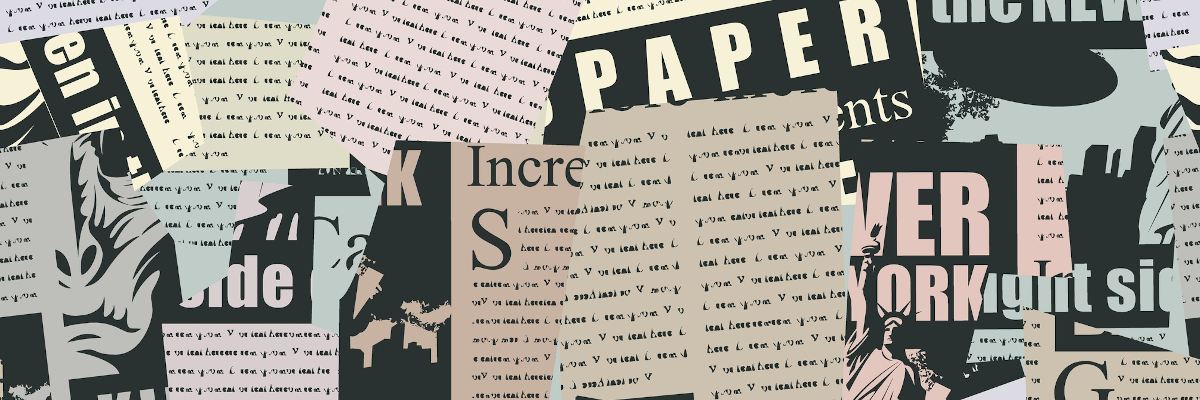
Every once in a while one comes across a Talmudic story that makes one shake one’s head in disbelief. As we discussed in our last post, the Talmudic discussion regarding the division of property segues into one of how to divide the scrolls of Tanach, and from there to a discussion of the writing of a sefer Torah.
The Torah places great importance on aesthetics. We will soon be reading the parshiot of the Mishkan and if nothing else, it is a lesson in beauty. The Torah spends verse after verse describing the gold, the exact and precise measures of the Mishkan, the symmetry of its curtains, the beautiful colours, the fanciest of materials and the intricate design. The task of overseeing such was to be given to the best of the artisans, one with a religious feel, who dwells in the shadow of the Divine as the name Betzalel indicates. One who is full of “wisdom, understanding and knowledge in all kinds of crafts; to make designs in gold, silver and cooper” (Shemot 35:30-31). The Torah equates wisdom with beauty, with both to be used in the service of G-d.
The kohanim who worked in the Mishkan had to be dressed exquisitely and impeccably. A kohen who worked with torn clothing, or even just plain everyday clothing was subject to the penalty of karet, excision, a penalty reserved for the most serious of sins, like eating on Yom Kippur or having an affair with one’s aunt. There was a biblical requirement for the kohen gadol to have his hair cut every day and for all kohanim to do so at least once in thirty days.
It should be rather obvious that the Torah too is to be written in a most aesthetically pleasing fashion. This is the basis for the teaching “that a sefer Torah should be the same in height as in circumference” (Bava Batra 14a).
This is no easy task; and each sefer Torah would require, prior to writing, an assessment as to how this might work. So difficult is this in practice that the Gemara relates that Rav Huna wrote 70 sifrei Torah (quite a feat) in his lifetime and managed to have the sizes match just once. The Gemara goes on to say that Rav Acha bar Yaakov managed the feat on his first try. So remarkable was this that the rabbis looked at him – presumably in amazed astonishment, wondering how he pulled this off. Yet the power of the rabbis’ gaze must have been quite something; the Gemara relates that “they looked at him and he died.”
What to me is most astonishing is how this story does not seem to bother the commentaries. Neither Rashi, nor Tosafot, nor the Maharsha - who is the go to commentator for aggadic, non-legal, passages - even comments on this passage. Those who do (not surprisingly, The ArtScroll and Koren editions of Talmud) assume it was either a look of disbelief or of jealousy – I would imagine it was both. In any event, this glare caused his death, presumably an example of and source for ayin hara. Perhaps his writing of the perfect sefer Torah was symbolic of his reaching perfection in his life – the Gemara does equate a Torah scholar to a sefer Torah – and thus, he could move on to the next world. Whatever the explanation, I find it fascinating that our commentaries assumed no explanation was necessary. They fully understood – in a way I do not – that looks can kill.
“Luchot vshivrei luchoot munacheem b’Aron, the tablets and the broken tablets were placed in the ark” (Bava Batra 14b). While this may not have been aesthetically pleasing, it was most beautiful. The broken tablets served as a crucial reminder of how far one can fall. We may have experienced Divine revelation, yet forty days later we nearly threw it all away. The broken tablets serve as a constant reminder of the need for vigilance in our service of G-d. It is specifically when we pray for forgiveness that we must be cognizant of how easy it is to slip back to our old ways. It is on Yom Kippur, when the kohen gadol enters the Holy of Holies and stands before the ark pleading for forgiveness on behalf of the Jewish people, that the broken tablets must be before him.
Yet the broken tablets serve an even greater purpose. It is only through having sinned that one can become great. Just as one cannot learn to walk without falling, so too one cannot become righteous without stumbling in sin. Our mistakes afford us the opportunity to learn to do better. That is why our Sages teach that true repentance has the ability to “turn sins into merits” (Yoma 86b). Sin is actually the first step in growing close to G-d. Rashi (15b s.v. shivrei luchot) notes that the broken tablets were underneath the unbroken ones, serving as the foundation for the new luchot.
Having the finest of parchments, inks and artistic skill in writing a sefer Torah is great; but it is only a first step. It must be maintained or it will, like anything else, fall into disrepair. All too often the most beautiful of shuls, schools and all kinds of other buildings are not maintained properly and become an old shell of their glory days. So important is maintaining the sefer Torah that the “cleaners” were allowed to enter into the Holy of Holies to remove the sefer Torah that was in the aron hakodesh when need be. The cleaners and the kohen gadol on Yom Kippur were the only ones allowed in the Holy of Holies. And this, despite the fact that this sefer was never read from – not even on Yom Kippur (see Tosafost 14a s.v. shelo)– nor even seen. The kohen gadol entered and performed the special Yom Kippur service but never actually opened the aron hakodesh. Yet it was deemed so important to ensure that the Torah stay in great shape that one could enter the Holy of Holies to check on the Torah.
As important as maintaining a beautiful sefer Torah may be, it is passing along the teachings of Torah to future generations that is our defining mission. Immediately after relating the 70 sifrei Torah of Rav Huna and the death of Rav Yakaov bar Acha, the Gemara notes how the Rabbis told Rav Hamenunah that Rav Ami wrote 400 sifrei Torah in his lifetime. Realizing the impossibility of such a feat, Rav Hamenunah responds, “Perhaps he wrote Torah tizvah lanu Moshe, Moshe commanded us the Torah, an inheritance for the people of Israel.” This one verse, instructing us to pass the Torah to future generations, is akin to the entire Torah, encapsulating its essence. And it for this reason that it is this pasuk with which we begin teaching a child when they first learn to speak (Sukkah 42a).



